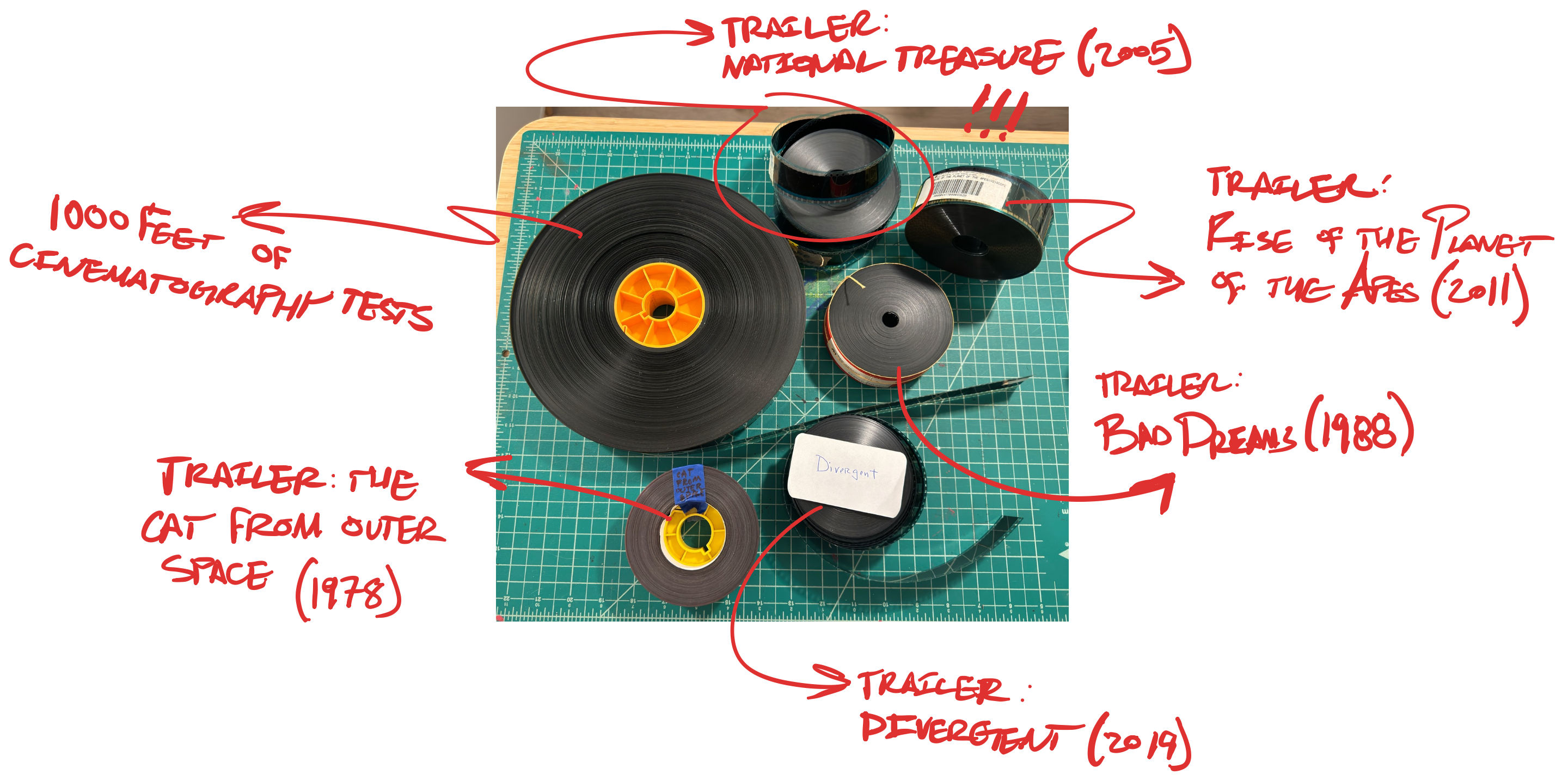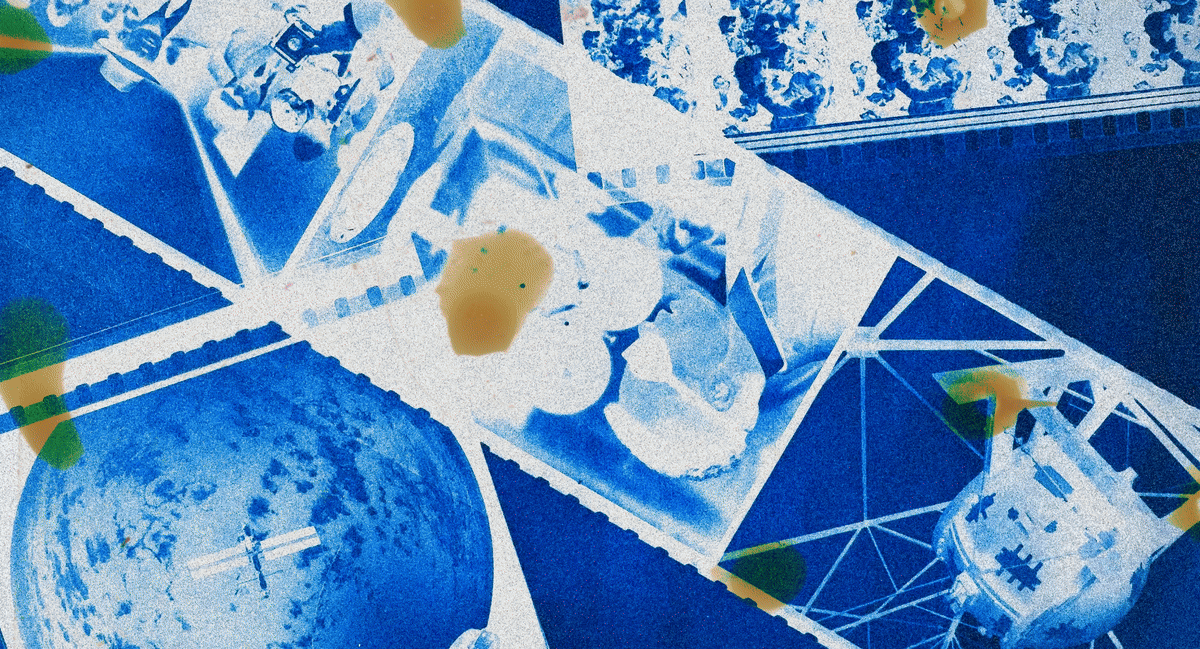
note
so i'm obsessed with filmcraft animation now
the workshop that promised to teach me to stop worrying and destroy celluloid
A few years ago, I made a video essay about my pandemic-time budding obsession with collecting film cells. That collection has continued to grow to this day. And I’m still trying to figure out if there’s a good way to display them…
But beyond that, I’d been craving something more. I loved holding onto all this physical film, but I wished I could craft these kinds of things. I’ve messed around with 8mm and 16mm filmmaking before, but making anything on proper 35mm motion picture film is just… not something you pick up on your own as a weekend hobby. It’s just not.
Enter: filmcraft animation
Over time, the algorithm deities started to bless me with all these videos of people doing cool mixed-media animations where they combined old film strips or printed frames of film with good ol’ arts & crafts techniques. It scratched all the right itches for me.
I wanted to be able to bend frames to my will like this too. But I never saw a general consensus on what to call this. Some people called it cameraless animation, some frame-by-frame animation, or film souping, film re-crafting, etc. etc. In my own notes and collections, I’ve simply started to refer to it as “filmcraft animation” thanks to the discovery of a workshop hosted by Dogbotic Labs called “FILMCRAFT (how I learned to stop worrying and destroy celluloid)”
FILMCRAFT ANIMATION: a mixed-media experimental animation technique incorporating motion picture film, printing, scanning, and early cinema techniques, combined with digital post-production tools.
I signed up for the spring 2024 workshop and set off on a 9-week journey of embracing the messiness of this burgeoning craft. And yes, I learned to stop worrying and destroy celluloid.
Theory will only get you so far
The Filmcraft Workshop is just one of many cool multi-media A/V bootcamps for creative tinkerers, and I really hope to try some other ones. This one was taught by filmmaker & artist Sabrina Ghidossi, and met for 2 hours once a week over the course of 9 weeks.
The general spirit of the whole thing was about embracing the fundamental chaos of these processes and to have fun with crafting the image without necessarily trying to influence it. I’d describe the first few weeks/exercises as a sort of introduction to the medium of filmcraft and a chance to see how you can make interesting prints from abnormal techniques, and how quick sequence of prints or images can do really things that an individual image can’t do on its own.
From there, we started getting more hands on with the film experiments, working with strips of film over the course of the remaining weeks to prepare multiple types of filmcraft experiments for us to use in our personal projects.
Cyanotypes
The first exercise was a bit of a warmup. A chance to start playing around, getting our hands on image-making. We used UV-activated cyanotype papers to make silhoutted exposures of things from around our homes on top of them. Super sick! And I’ve still got a bunch of sheets of this yet… I feel like it could be combined with printed transparencies of animated frames to do something really fun 🤔
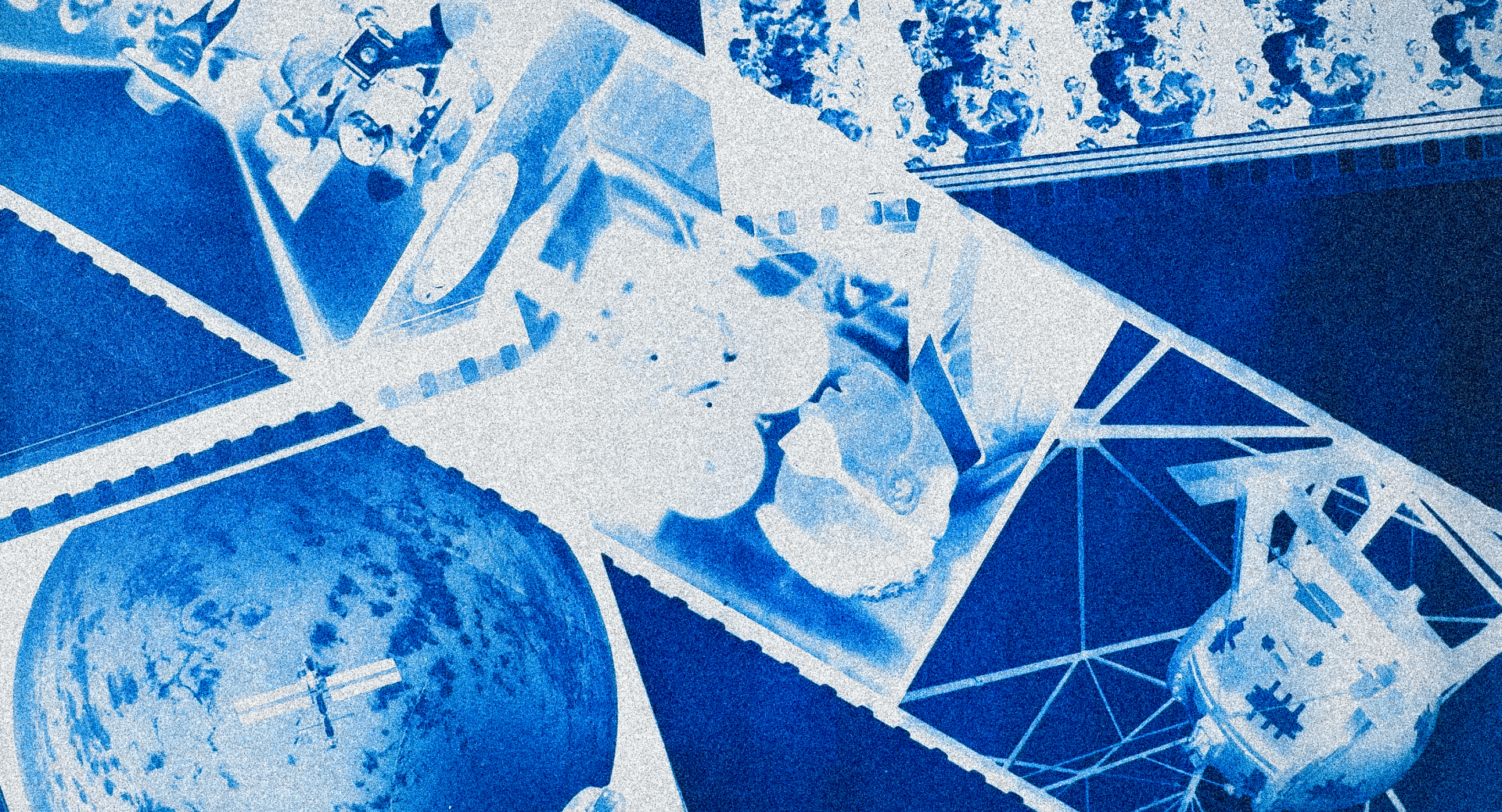
Bacteria city
Okay not gonna lie this one just like did not work out for me at all… but I’m still happy with this cool thing at the end! (I am learning to stop worrying and destroy celluloid, I am learning to stop worrying and destroy celluloid, I am learning to stop worrying and destroy celluloid, I—)
Basically we had petri dishes which we activated with some geletin mix topped off with a swab of bacteria of our choice (that’s my spit, btw 🤠) and then photograph it over the course of ~2 weeks while a magnificent and flourishing city of bacteria all our own appears! Except, it did not. But I decided to persist with photos of the various stages of my spit just washing around in the petri dish, and on the other side there’s this interesting grungy, icky cool texture to do something with.
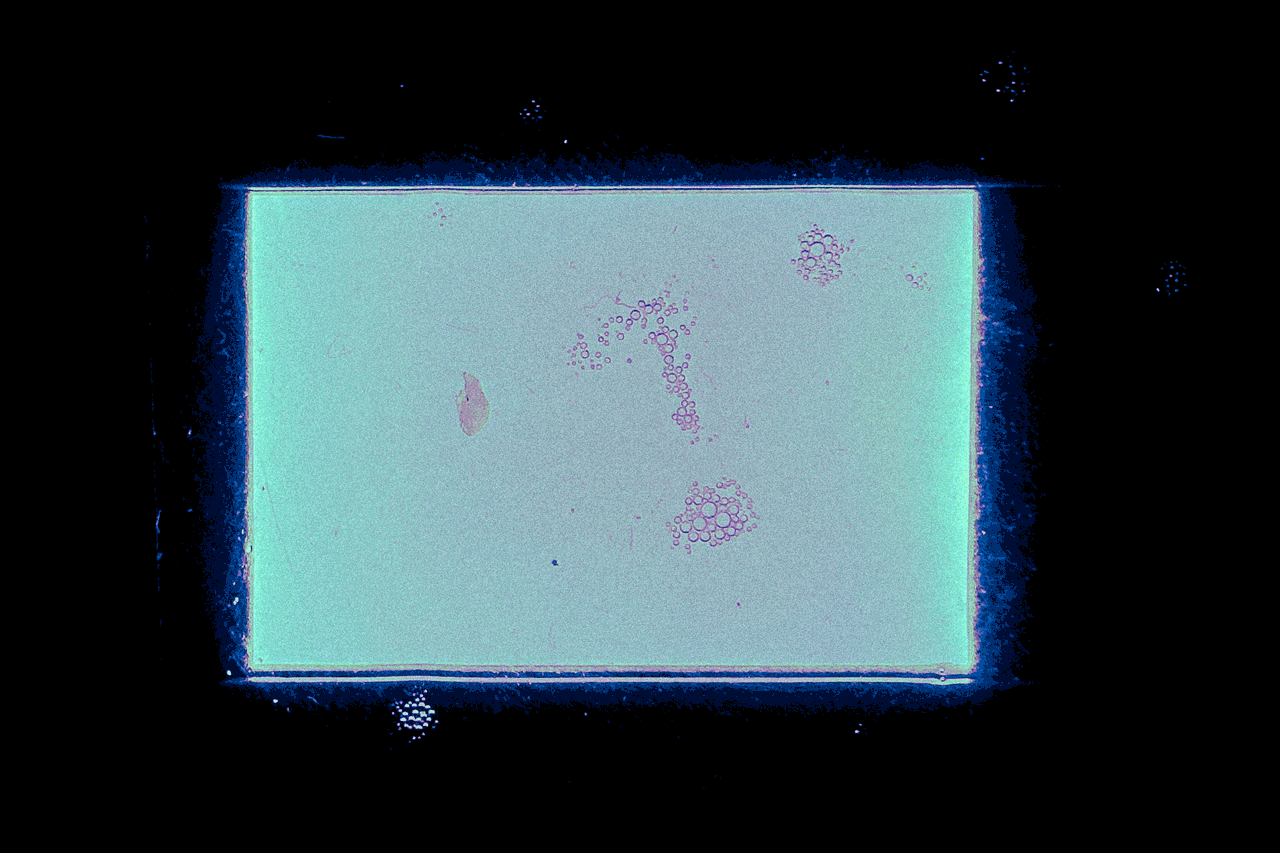

Painting on film
Now we’re onto filmcraft experiments that could be used in our final projects, starting as simple as it gets: blank film. You can pick up lengths of transparent film that’s usually used for things like splicing film together or for demonstrating film systems in the light. In our case, it makes a perfect canvas for getting an understanding of how different materials and techniques work on acetate film.
It’s here you also get a sense for how dinky diy filmcraft techniques change when they’re scanned in glorious 4K: areas that were clear get filled in with the bright white light of the scanner, dull imprints become filled with vivid color, tiny details get blown up into huge splotches, and marks & texture flow to their own space & rhythm, unencumbered by the rigid boundaries of the frame that images coming from cameras experience.

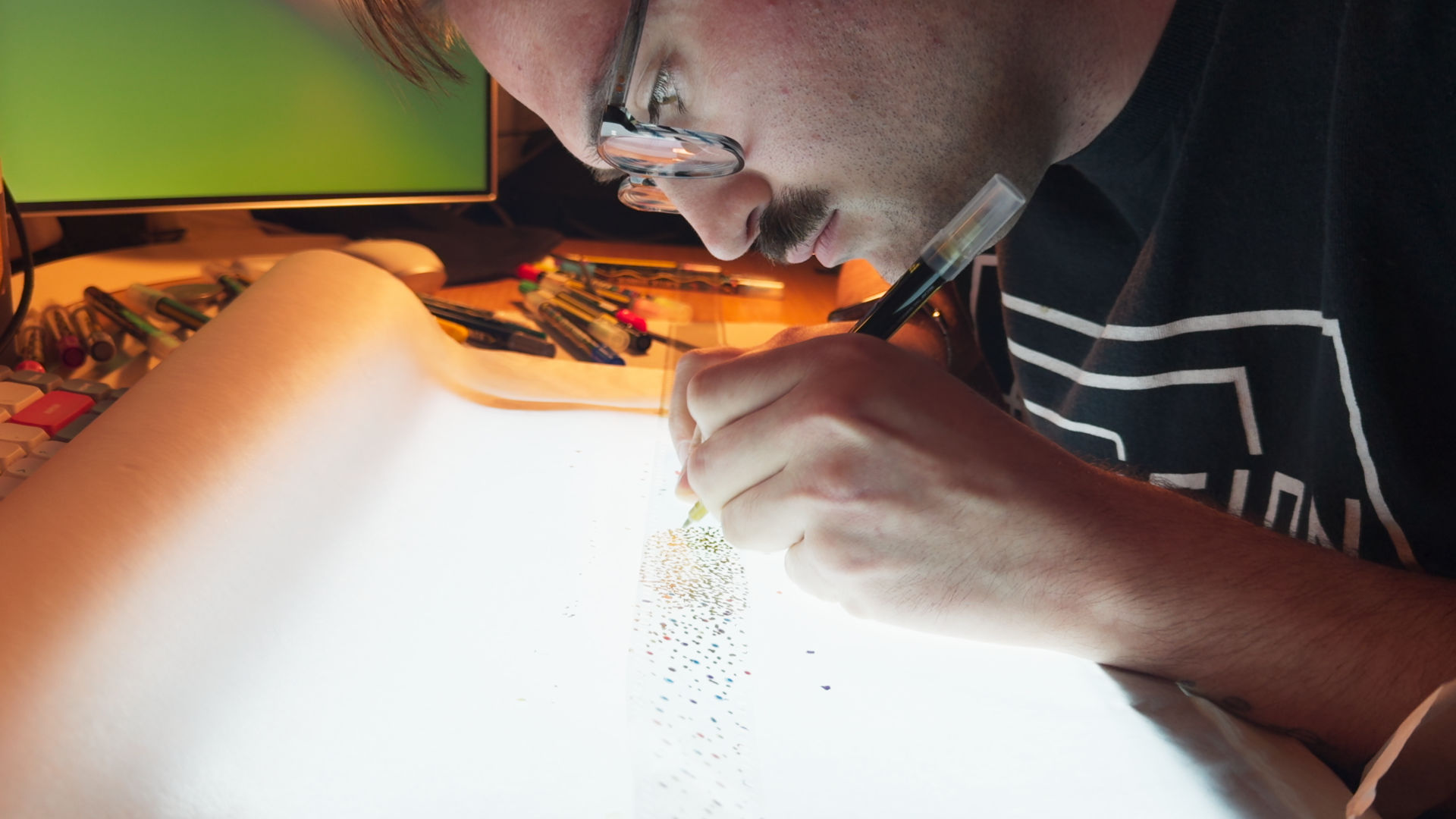
Film souping
Film souping is such a HUUUUUGE area and I wish I’d spent more time on it, but alas, all I have is this one short clip from the milk soup 🥲 Film souping is the technique of distressing strips of processed motion picture film by treating them with chemicles, foods & drinks, earth, and whatever else could leave a mark or strip something else away.
Sounds weird right, souping your film in chemicals and leftover food? It is. Typically, film is treated as precious these days: a fragile artifact of another time, imprinted with light, to be handled with the upmost care. That’s cool for archivists, but filmcrafters are anarchists. Anarchists on a quest to carefully remove layers of celluloid emulsion in the most interesting way possible (which unfortunately is often the grossest way possible)
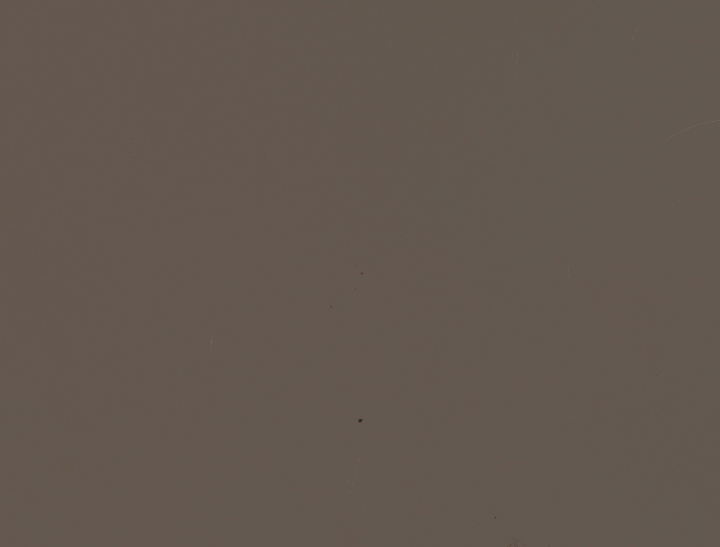
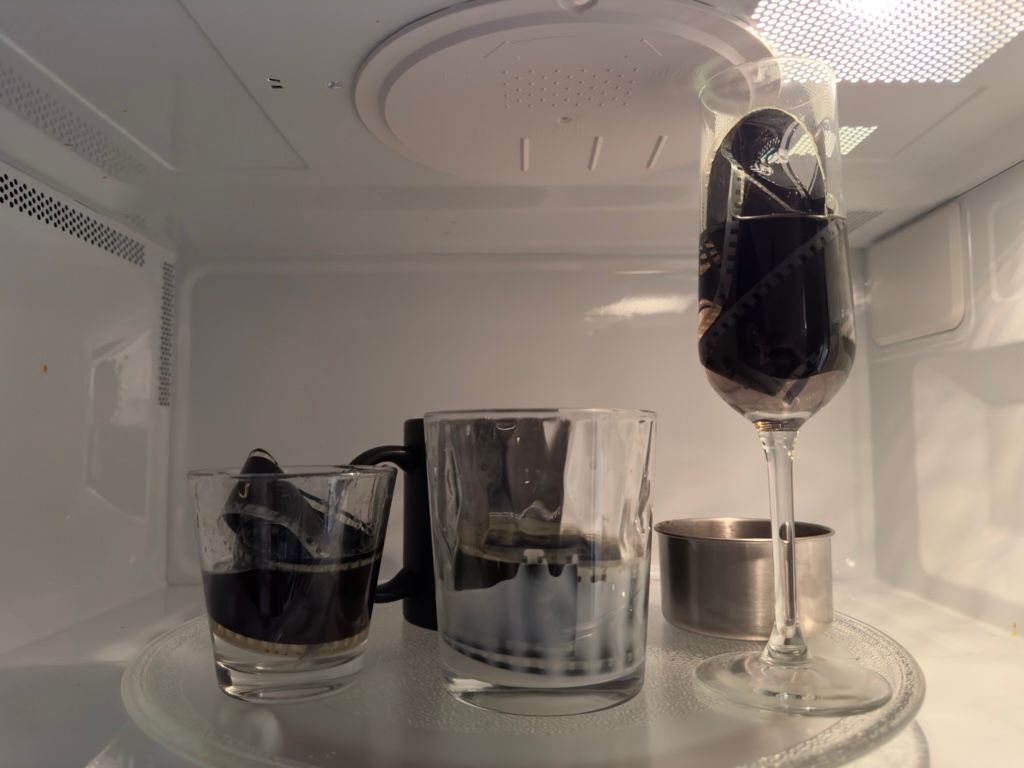
When in doubt, scratch it out
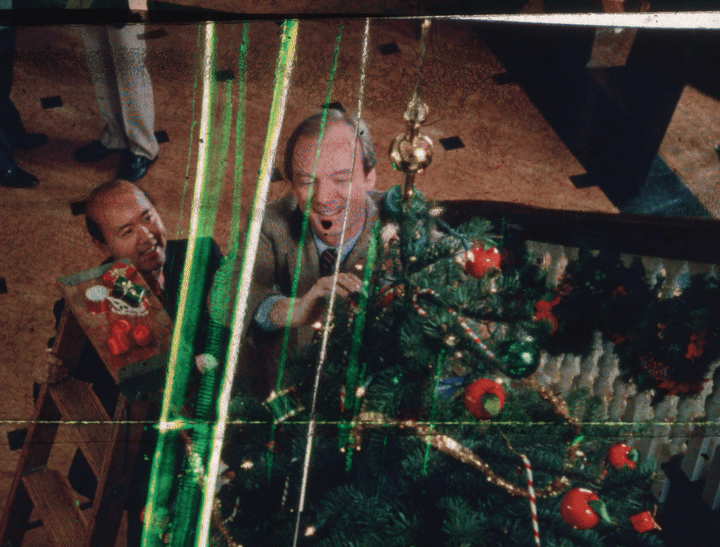
There’s no need to worry if a filmcraft technique on a processed filmstrip you really liked doesn’t work out, because there’s always a fallback. Film print positives are made up of multiple colored layers of emulsion to form the final image, and by simply scratching the film in different ways, you can cause incredible effects to shine through the emulsion.
Honestly, scratching the hell out of my film and then painting back over it with other materials was probably my favorite out of everything we did, and something I want to just sit down and get lost in the sauce of doing for thousands of frames on an entire roll of film.

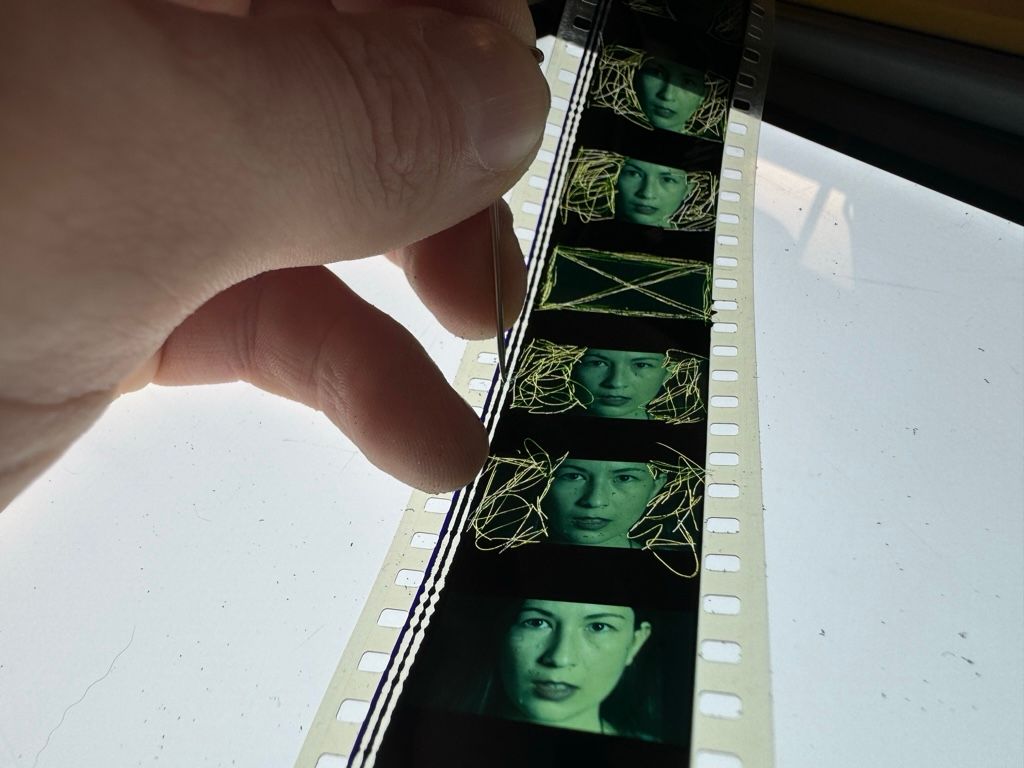
Final project
Finally, with all of our film experiments out of the way, we sent our film off to be processed (huge shoutout to Nicki Coyle from thenegative.space for scanning our film so beautifully!). In the meantime, we focused on exploring ways to combine the things we’d been working on with digital assets in post-production. Once the film was back we all incorporated that into our pieces and the final class was a wonderful film festival of all our projects and the many different ways we’d found to work with the same materials.
I wanted to sortof comment on this experience in my project, and had a leftover recording from another essay I wrote recently which I hadn’t used but couldn’t stop thinking about. It’s an interview with the documentarian Kirsten Johnson at Sundance 2016 speaking about her documentary Cameraperson and how she had to learn to embrace the messy edges of compositions she was not used to in her earlier career. I combined this with my filmcraft experiments as well as additonal digital footage of my neighborhood and workspace on the evenings in which I was doing my filmcraft work.
The beginning of yet another obsession
Editing and animation aren’t foreign to me by any means. But I started my education and my work right as a lot of the analog processes in film were being phased out, so I’ve aways craved breaking up my extremely digital relationship with film. This certainly did the trick. Beyond that, it’s meditative and relaxing, and I think slightly addictive.
On the last day of class, we talked about how to get supplies and send film off for scanning for those of us who wanted to continue experimenting with this craft on our own. Long story short, a couple days later I had several packages at my home filled with a treasure trove of materials to work with next, and it looks like my film cell obsession have evolved to something else entirely.
